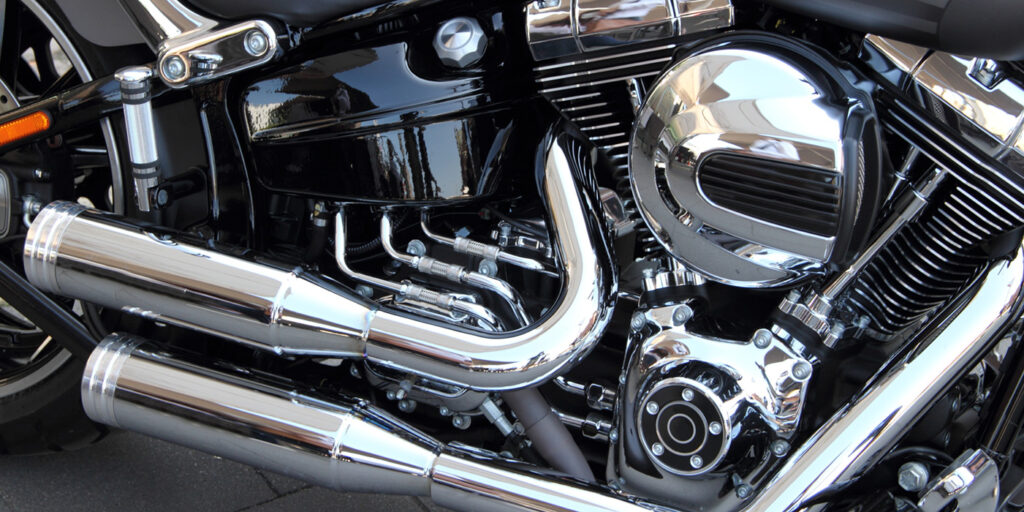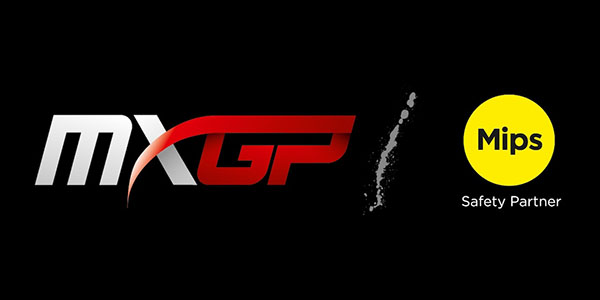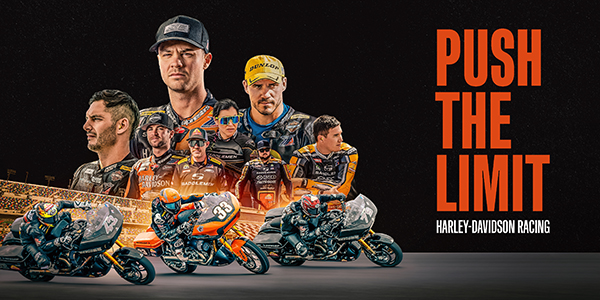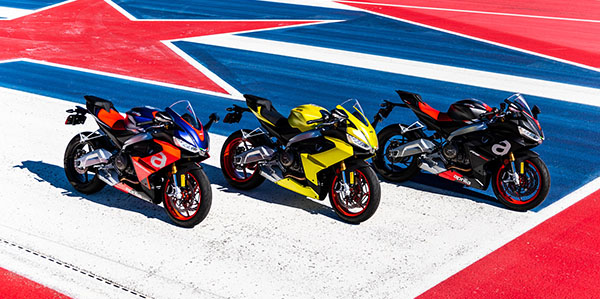Do you have one of those bikes that’s recognizable three streets away from its rumble alone? If so, then you’ve probably put an aftermarket exhaust system on it — as have thousands of other riders around the globe.
Exhaust system replacements are one of the most popular upgrades for motorcycles and powersport vehicles. But when it comes to picking out this high-replacement part, there are several options on the market, and they each have properties beyond the models they fit.
As Tim Welch, sales manager at Yoshimura R&D of America, says, “The amount of R&D [research and development] that goes into an exhaust system is incredible. When [looking] to buy an exhaust system, always look for the best. It’s like a helmet. Buy the best one you can afford. Don’t try to scrimp or save money on an exhaust system just as you wouldn’t do on a helmet, because in most cases, you’re getting what you pay for.”
So, how can you help a customer determine the best fit for their vehicle? Let’s break down what types of systems are out there for a start.
Full-system vs. Slip-on
There are two types of exhaust systems available in the aftermarket: full-system replacements and slip-ons. As you can probably infer, a full system replaces everything from the head pipe (where it connects to the engine) all the way through the muffler to the end. A slip-on only changes out the rear portion of the exhaust system, which is typically the muffler.
What would make a customer choose between a full system replacement versus a slip-on? According to Mike Kennedy, president and CEO of Vance & Hines, it comes down to style, sound and performance as well as the specific motorcycle or powersport vehicle application. “Sometimes, the OE catalyst is located in the head pipe, and then sometimes it’s located in the muffler. All of those things come into play in terms of how an aftermarket company designs an offering, and that affects performance, that affects sound, that impacts the price of the system.”
Furthermore, he adds, it might depend on the rider’s do-it-yourself level. Slip-ons are seen as a relatively easy take-off and install. On the other hand, a full system replacement gets much closer to the engine, and weight harnesses will be involved, so it gets more complicated in terms of removal and install. For a customer who is less hands-on, a slip-on might be a better option.
Show Us Your Metal (or Don’t)
The type of material one chooses for an exhaust system goes beyond making the pipes stand out or blend in with the rest of the bike. Exhaust systems are largely tubes, so in most cases, they are constructed of a thin wall of steel and plated in chrome or coated in high-temperature black. Raw systems are typically made of stainless steel. Internally, the baffles (perforated steel tubes designed to change the tone of the exhaust note) are also composed of steel.
“Higher-end manufacturers will use stainless steel to avoid corrosion, as baffles are not coated,” explains David Zemla, vice president of marketing for S&S Cycle Inc. “Some mufflers will also use a fiberglass-style packing around the baffle to further dampen sound waves.”
But aside from stainless steel, manufacturers use other types of materials depending on the price and qualities needed: mild steel, titanium, aluminum, and carbon fiber. While there’s not a huge difference in performance between those materials, their characteristics will prove useful in terms of performance longevity, how one rides and the heat the vehicle puts out.
Danny Valencia, operations manager at Two Brothers Racing (TBR), notes the properties for each type of material:
- Mild steel: a cheaper but heavier metal that can rust and corrode. Coatings won’t last as long on this material.
- Stainless steel: More expensive than mild steel but lighter, more durable and stronger. This metal is readily available, holds coatings and is rust-resistant.
- Titanium: Weighs less than steel but is much more expensive and can get brittle over time. It can also make a different sound pitch.
- Carbon fiber: A lightweight, heat-resistant material that already comes in a sporty black, so it doesn’t need a special coating. It is more expensive than steel, but the price has dropped over the years with advancing technologies.
While most pipes nowadays are built with stainless steel, there are two types of customers who are looking for titanium: the exclusivist and the racer.
Welch notes, “In order for them to be competitive, [racers] have to worry about grams instead of pounds of weight, and they’re trying to maximize that. It’s not everybody that can afford a $2,000 exhaust system for their sport bike and where, for half the price, you can buy stainless steel. But when it comes to racing and premium grade kind of things, titanium is the material of choice.”
But what if your customer has a vintage bike or wants a custom bike to look vintage but pack modern power? According to Welch, many older bikes (and some new) are built with mild steel or carbon steel exhaust systems and finished off with a black coating. To retain the vintage look, exhaust manufacturers will typically use modern materials like stainless steel but then put on a ceramic coating or a finish, such as matte black or semigloss black, so that it retains the look and feel of an older-style bike.
Cat Got Your Tone?
According to Valencia, one of the biggest developments in exhaust systems over the last several years is the usage of the catalyst (i.e. catalytic converter), coinciding with stricter measures from the EPA. Given its position between the engine and muffler, the catalytic converter, which converts exhaust pollutants into less harmful gasses, “clogs” the exhaust.
As a result, many riders back in the day would simply remove the catalysts from their bikes in order to get the most free-flowing exhaust. Nowadays, however, more and more jurisdictions are forcing people not to tamper with catalysts, so the aftermarket has started to meet those EPA requirements for certain states and play around with high-flow catalysts.
Kennedy’s company, for instance, has been developing what it calls a “high flow, double-matrix catalyst” in order to maximize power while reducing heat near the rider’s legs.
“Through developmental process, we learn that [a] specific design catalyst really helps improve torque through delivery and mid-range and far more responsive acceleration. And so, we’ve engineered those systems to have the catalyst as far back from the rider as possible to ensure the rider comfort from the heat, especially compared to stock systems,” he explains.
Other companies, like S&S, have focused on trying to adhere to federal regulations without sacrificing power. “The last few years have seen the rise of high-performance exhaust that remain emissions-complaint,” Zemla states. “We can still make power and sound without offending state and federal laws.”
Aside from the world around catalysts, Welch says that over the past decade or so, baffles have gotten more technical and complicated. In the off-road world, the use of resonators on exhaust systems to help round out power delivery and mitigate some of the noise have come into play.
Stock exhaust systems have always had a bad reputation for being quiet and less powerful than aftermarket systems because of the regulations to which original equipment manufacturers (OEM) must adhere. However, Welch adds, because of the amount of work and technology the engineers at OEMs are doing, stock exhausts have gotten much better than they used to be. At the same time, the aftermarket systems have kept pace, and to this day, experts agree they will perform much better than stock systems.
“Exhaust systems are really the best investment that you can do for your bike, dollar for dollar,” Valencia concludes. Ensure your customers know this about exhausts, and for those who already do, be sure to keep the pipes for your popular vehicle models in stock, because customers will be looking to change them out.














